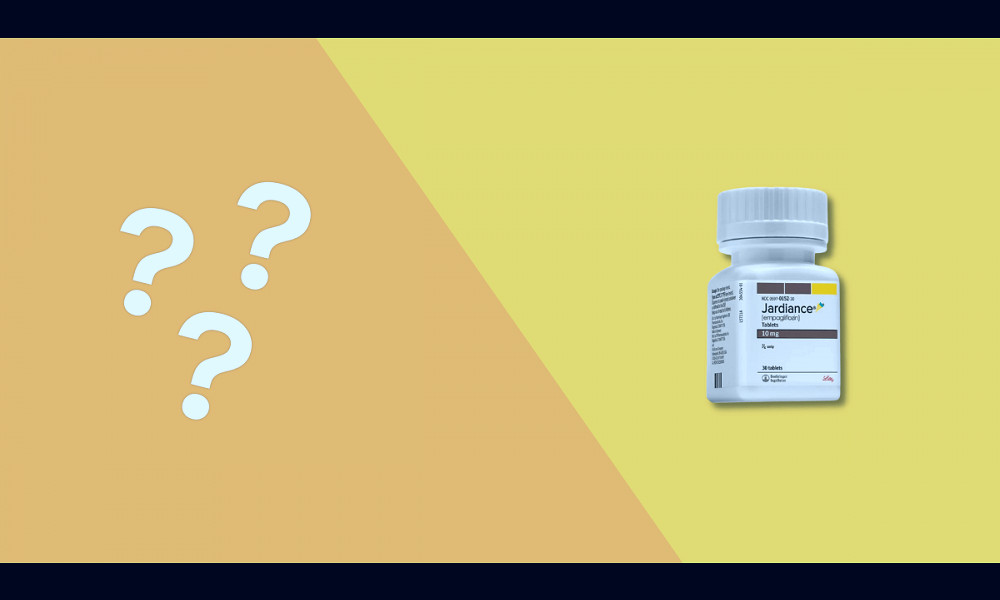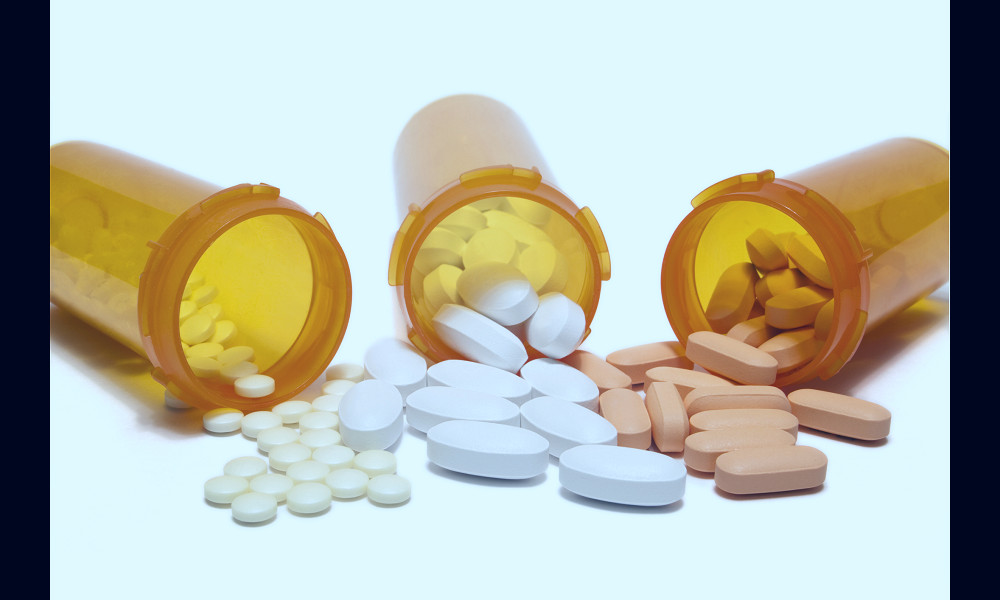
Exploring the Potential Benefits of a Jardiance and Tradjenta Combination Therapy
Jardiance and Tradjenta are two powerful medications used in combination to manage type 2 diabetes. Jardiance works by helping the kidneys get rid of glucose from your bloodstream, while Tradjenta works to increase the levels of insulin produced after a meal. Together, they offer a comprehensive approach to maintaining healthy blood sugar levels.
Understanding the Medications
Jardiance (empagliflozin) and Tradjenta (linagliptin) are both oral diabetes medicines that help control blood sugar levels. Empagliflozin works by helping the kidneys get rid of glucose from your bloodstream, while linagliptin works by regulating the levels of insulin your body produces after eating. Read more
Combination Therapy
Tradjenta and Jardiance are often used together in a combination therapy. This means that they are used in conjunction with each other to provide a more thorough and effective treatment for managing type 2 diabetes. Read more
Improved Glucose Control
The combination of Jardiance and Tradjenta has been shown to significantly improve glucose control compared to either medication alone. This is due to the complementary mechanisms of action of these two drugs. Read more
Cardiovascular Benefits
Apart from controlling your blood sugar levels, Jardiance has been shown to reduce the risk of cardiovascular death in adults with type 2 diabetes who also have heart diseases. This added benefit makes it a valuable medication in the treatment regimen. Read more

Pancreatic Health
Tradjenta works by increasing the levels of incretins, which can help to regulate insulin production and support pancreatic health. This can help to prevent complications associated with diabetes. Read more
Potential Side Effects
As with any medication, the combination of Jardiance and Tradjenta can cause side effects. Common ones may include urinary tract infections, stuffy or runny nose, and sore throat. It’s important to discuss any potential side effects with your healthcare provider. Read more
Personalized Treatment
The decision to use a combination of Jardiance and Tradjenta should be made based on individual patient needs and response to treatment. Your healthcare provider will evaluate your condition and consider factors such as your overall health, other medications you are taking, and your lifestyle. Read more
Cost-effectiveness
While the cost can vary depending on your insurance and location, a combination of Jardiance and Tradjenta can often be more cost-effective than other treatment options, especially considering the potential complications and health issues it can help to prevent. Read more

Easy Administration
Both Jardiance and Tradjenta are oral medications, making them easy to administer. This can be particularly beneficial for those who have a fear of injections or who prefer the convenience of oral medication. Read more
Consult Your Healthcare Provider
As with any medication decision, the choice to use Jardiance and Tradjenta in combination should be made in consultation with your healthcare provider. They can provide you with the most accurate and personalized advice based on your specific circumstances. Read more
Facts
1. Revolutionary Diabetes Treatment: Ever heard of a dynamic duo in the world of diabetes medication? Meet Jardiance and Tradjenta, two powerful drugs that, when combined, can effectively manage blood sugar levels in patients with type 2 diabetes.2. The Power of Jardiance: Jardiance is a powerhouse in itself. It works by helping the kidneys get rid of glucose from your bloodstream, effectively lowering your blood sugar levels and, as a bonus, it can also reduce the risk of cardiovascular death in people with type 2 diabetes!
3. Tradjenta's Marvelous Mechanism: Just like Jardiance, Tradjenta is not to be underestimated. This medication works by increasing the levels of insulin produced by your body after meals, which helps in controlling blood sugar levels.
4. The Ingenious Combination: When Jardiance and Tradjenta are used in combination, they can cover more ground in managing your blood sugar levels. While Jardiance works to expel excess glucose, Tradjenta ensures that your body is producing insulin at healthy levels, thus keeping your blood sugar in check.
5. Reduced Cardiovascular Risks: The combined use of Jardiance and Tradjenta doesn't just stop at blood sugar management. These medications are also proven to significantly reduce the risk of cardiovascular diseases, which are often a serious concern for people with diabetes.
6. Simple and Convenient: Let’s not forget the convenience factor. Taking Jardiance and Tradjenta means you're only dealing with two medications, which can be easier to manage than multiple medications.
7. Minimal Side Effects: Worried about side effects? While all medications have potential side effects, most people using Jardiance and Tradjenta report minimal or manageable effects such as urinary tract infections or stuffy nose and sore throat.
8. Affordable and Accessible: In addition to their effectiveness, both Jardiance and Tradjenta are covered by most insurance plans, making them an affordable and accessible option for managing type 2 diabetes.
9. Personalized Diabetes Management: Remember, every patient is unique. The combination of Jardiance and Tradjenta might be a game-changer for some, while others may respond better to different medications. It's all about finding the right balance for your body.
10. Always Consult Your Doctor: Even though Jardiance and Tradjenta come with numerous benefits, it's always important to consult with your healthcare provider before starting any new medication regimen. They can provide the best advice based on your current health condition and medical history.
Read more
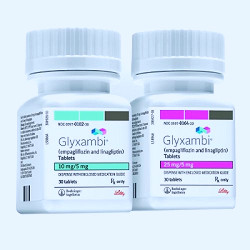 One Pill, One Co-pay: Combo Drug Glyxambi Now Available at Pharmacies Nationwide in the US
One Pill, One Co-pay: Combo Drug Glyxambi Now Available at Pharmacies Nationwide in the US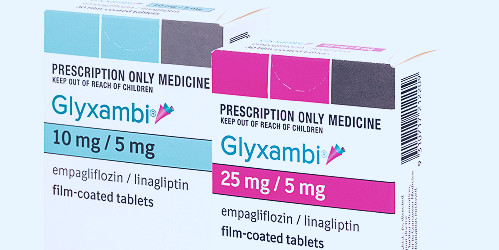 GLYXAMBI® on PBS SGLT2i + DPP4i combination containing JARDIANCE® and TRAJENTA® • The Medical Republic
GLYXAMBI® on PBS SGLT2i + DPP4i combination containing JARDIANCE® and TRAJENTA® • The Medical Republic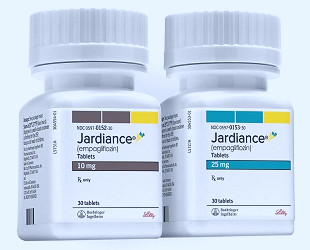 Fate of Lilly's Jardiance franchise rests on FDA's delayed heart-benefits indication | Fierce Pharma
Fate of Lilly's Jardiance franchise rests on FDA's delayed heart-benefits indication | Fierce Pharma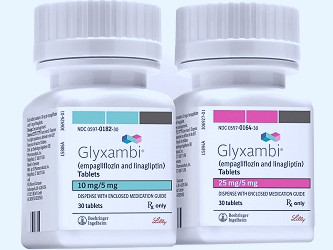 Boehringer and Lilly score FDA yes for Glyxambi - Pharmafile
Boehringer and Lilly score FDA yes for Glyxambi - Pharmafile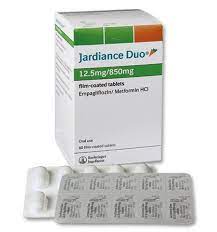 Jardiance Duo Full Prescribing Information, Dosage & Side Effects | MIMS Malaysia
Jardiance Duo Full Prescribing Information, Dosage & Side Effects | MIMS Malaysia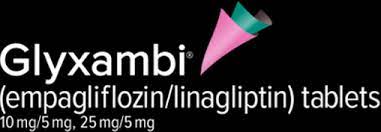 T2D Treatment | Glyxambi® (empagliflozin/linagliptin tablets)
T2D Treatment | Glyxambi® (empagliflozin/linagliptin tablets)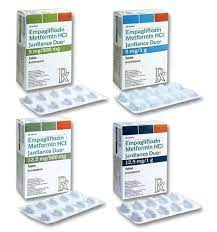 Jardiance Duo Full Prescribing Information, Dosage & Side Effects | MIMS Philippines
Jardiance Duo Full Prescribing Information, Dosage & Side Effects | MIMS Philippines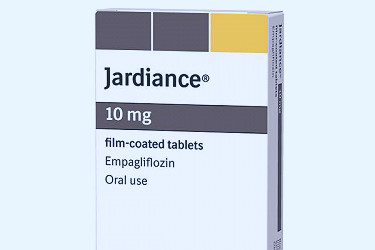 Jardiance (empagliflozin) for the Treatment of Type 2 Diabetes - Clinical Trials Arena
Jardiance (empagliflozin) for the Treatment of Type 2 Diabetes - Clinical Trials Arena US FDA approves only triple-combination tablet with Jardiance® for adults with type 2 diabetes
US FDA approves only triple-combination tablet with Jardiance® for adults with type 2 diabetes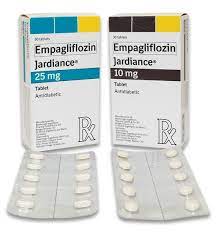 Jardiance Full Prescribing Information, Dosage & Side Effects | MIMS Philippines
Jardiance Full Prescribing Information, Dosage & Side Effects | MIMS Philippines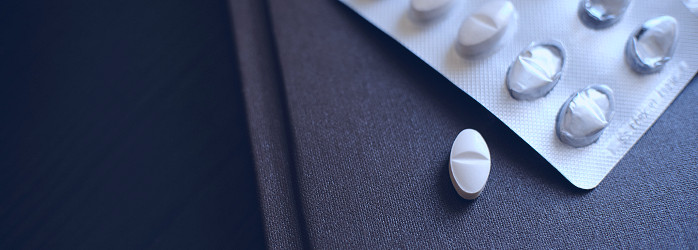 FDA Approves Triple Combination Pill Trijardy for Type 2 Diabetes - Beyond Type 2
FDA Approves Triple Combination Pill Trijardy for Type 2 Diabetes - Beyond Type 2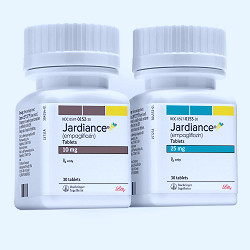 Jardiance is first SGLT2 given FDA OK for use in children | pharmaphorum
Jardiance is first SGLT2 given FDA OK for use in children | pharmaphorum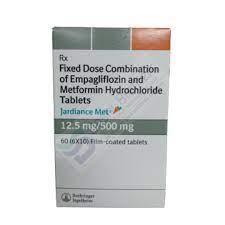 DOSHI BROTHERS
DOSHI BROTHERS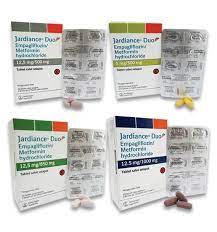 Jardiance Duo Full Prescribing Information, Dosage & Side Effects | MIMS Indonesia
Jardiance Duo Full Prescribing Information, Dosage & Side Effects | MIMS Indonesia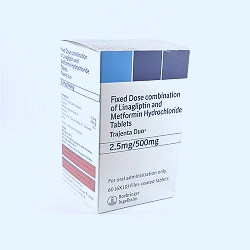 Tradjenta Duo 2.5 Mg / 1000 Mg Tablet, Boehringer Ingelheim, Prescription
Tradjenta Duo 2.5 Mg / 1000 Mg Tablet, Boehringer Ingelheim, Prescription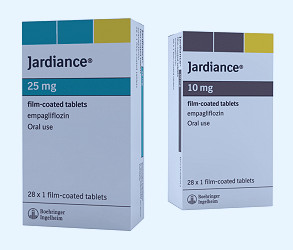 FDA Accepts sNDA for Jardiance in Children 10 to 17 with Diabetes
FDA Accepts sNDA for Jardiance in Children 10 to 17 with Diabetes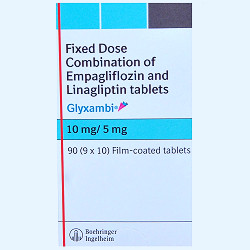 PositraRx: Your Local Online Pharmacy: GLYXAMBI 10/5 MG TABLET
PositraRx: Your Local Online Pharmacy: GLYXAMBI 10/5 MG TABLET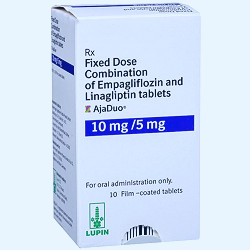 Empagliflozin And Linagliptin Ajaduo 25/5mg
Empagliflozin And Linagliptin Ajaduo 25/5mg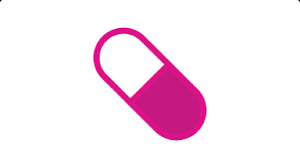 T2D Treatment | Glyxambi® (empagliflozin/linagliptin tablets)
T2D Treatment | Glyxambi® (empagliflozin/linagliptin tablets)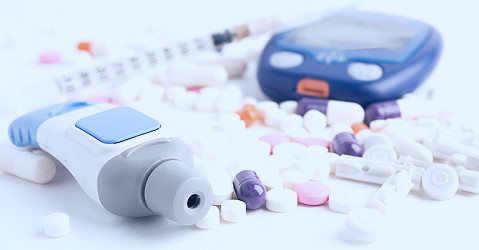 FDA approves only triple-combination tablet with Jardiance
FDA approves only triple-combination tablet with Jardiance 